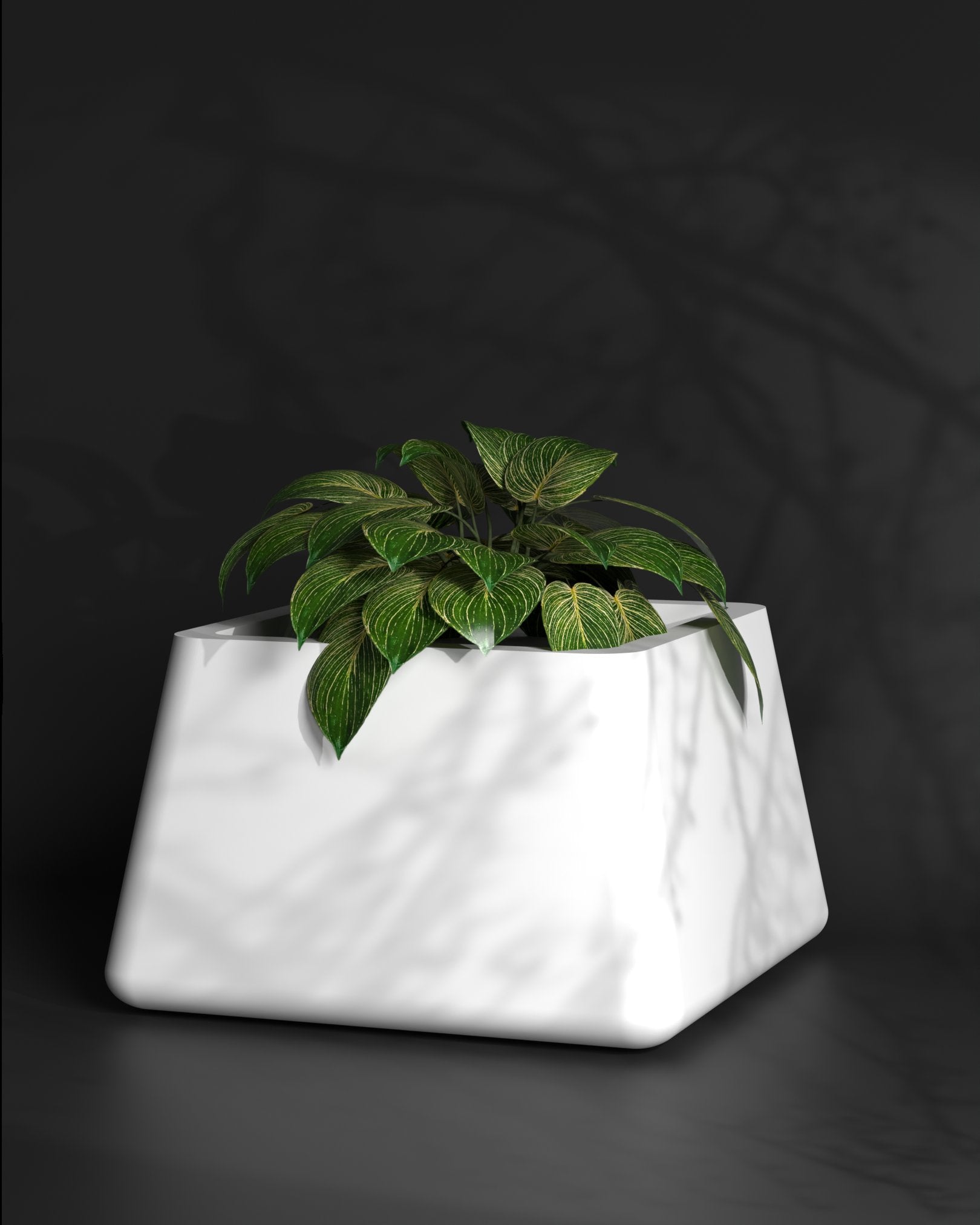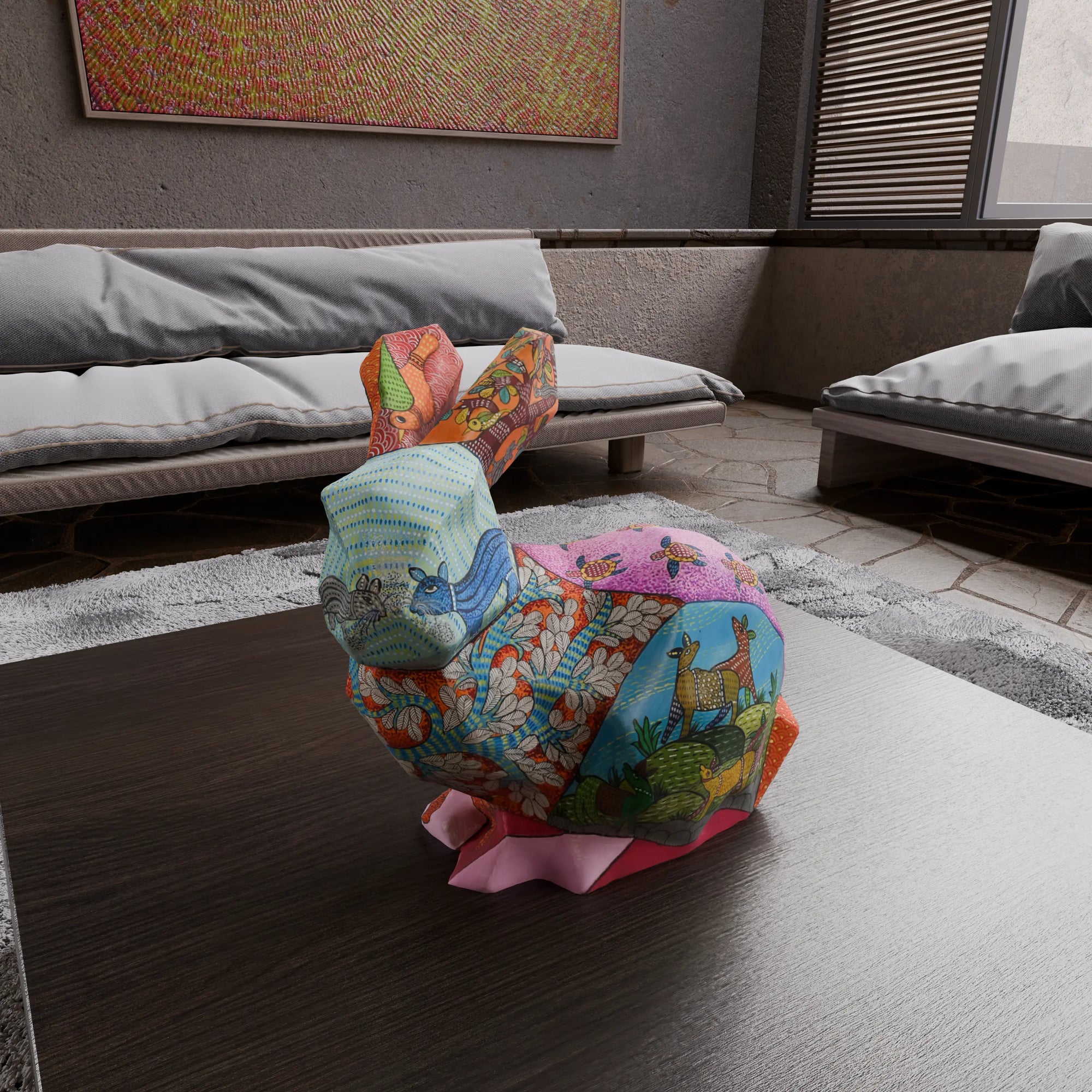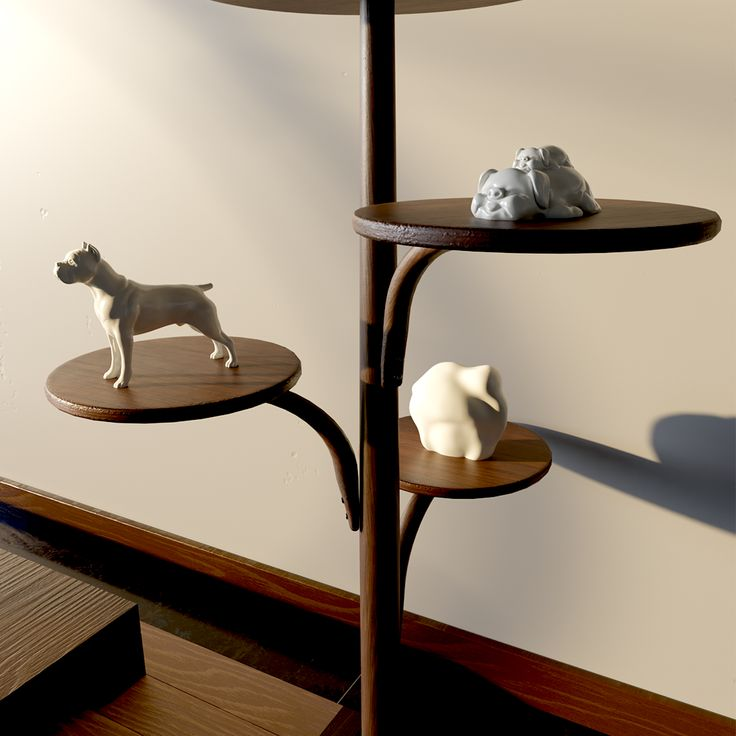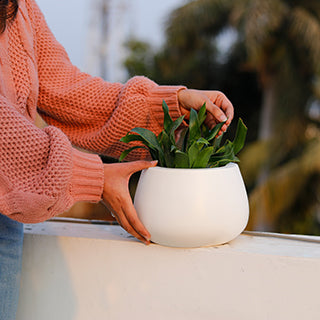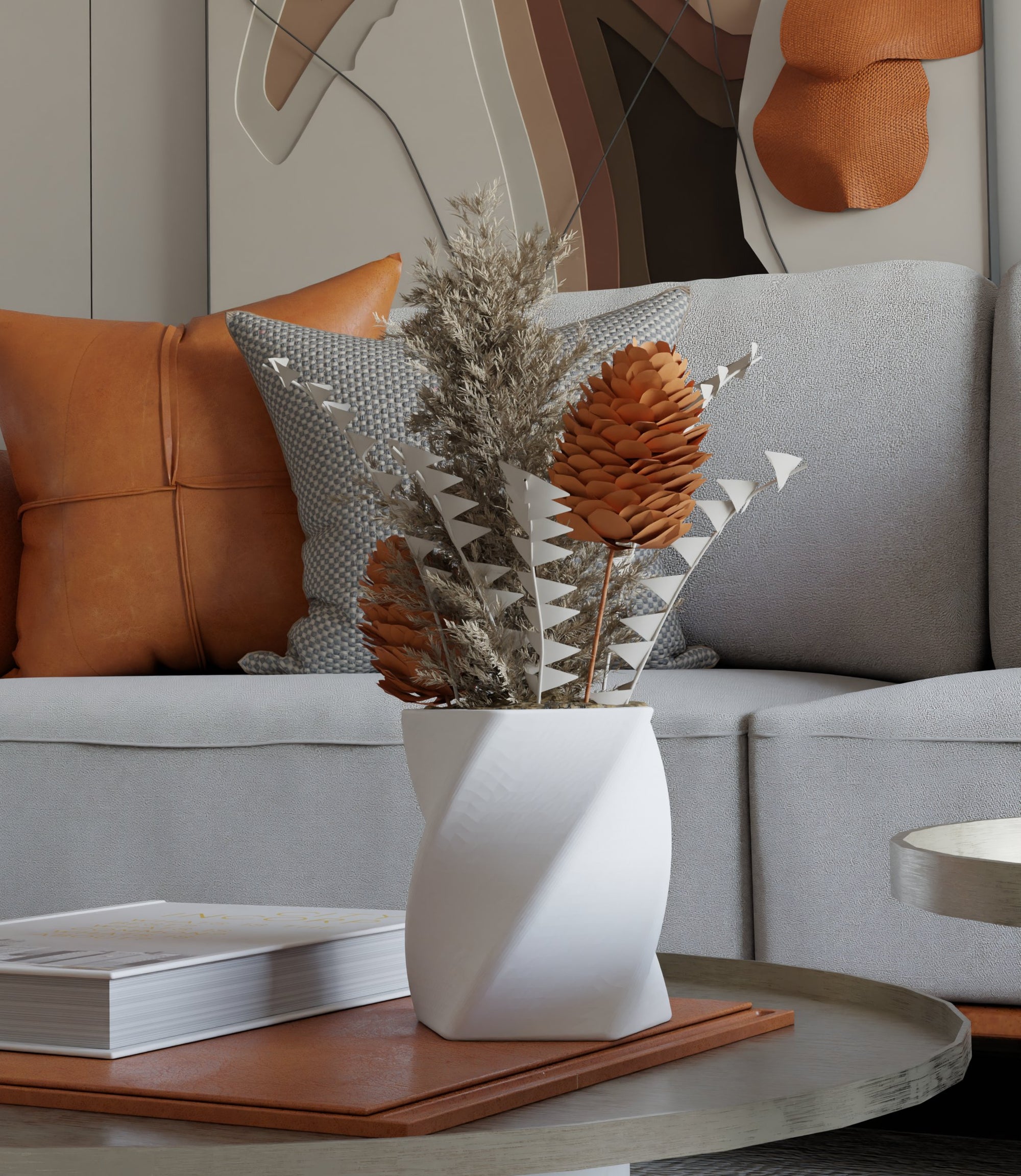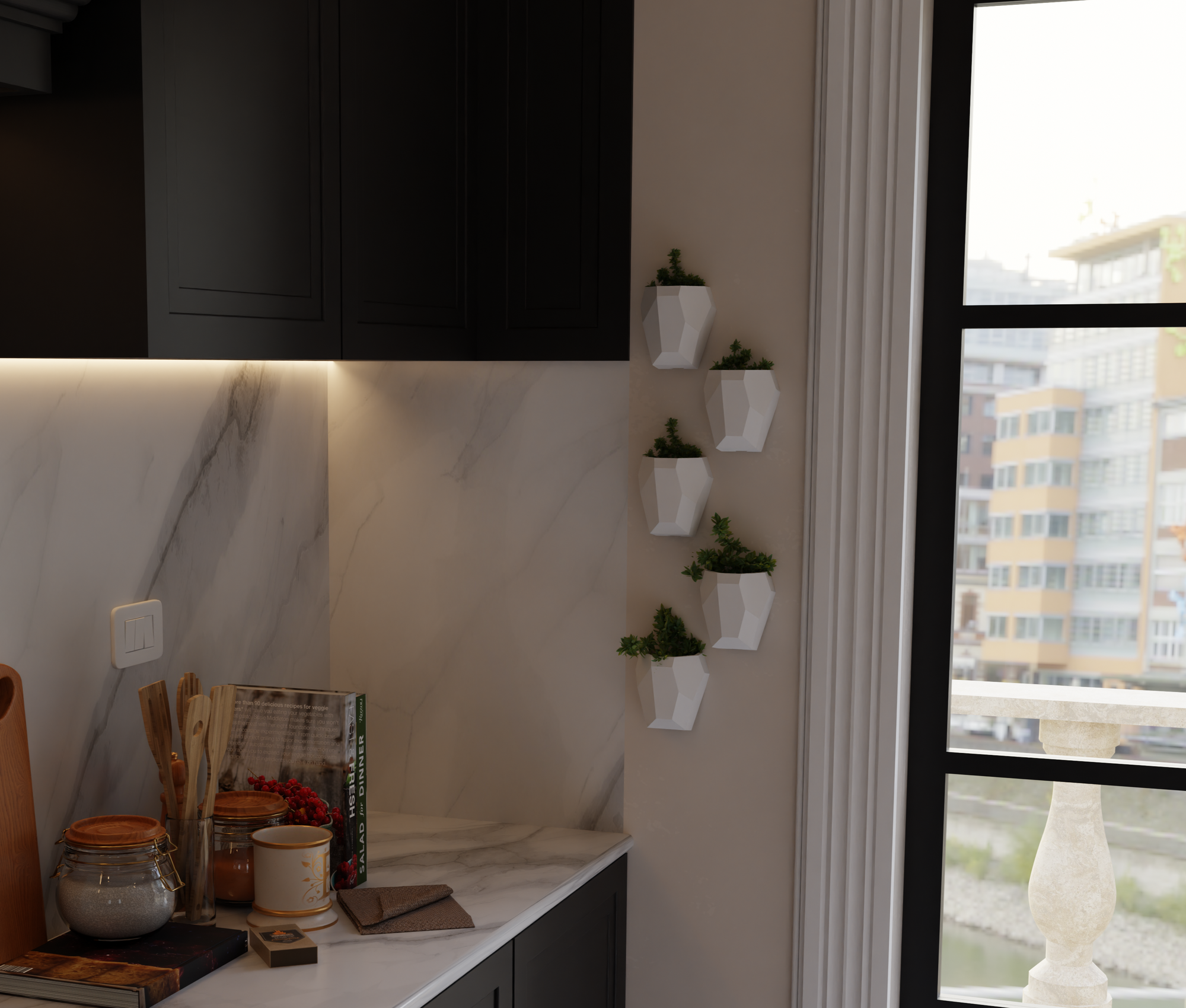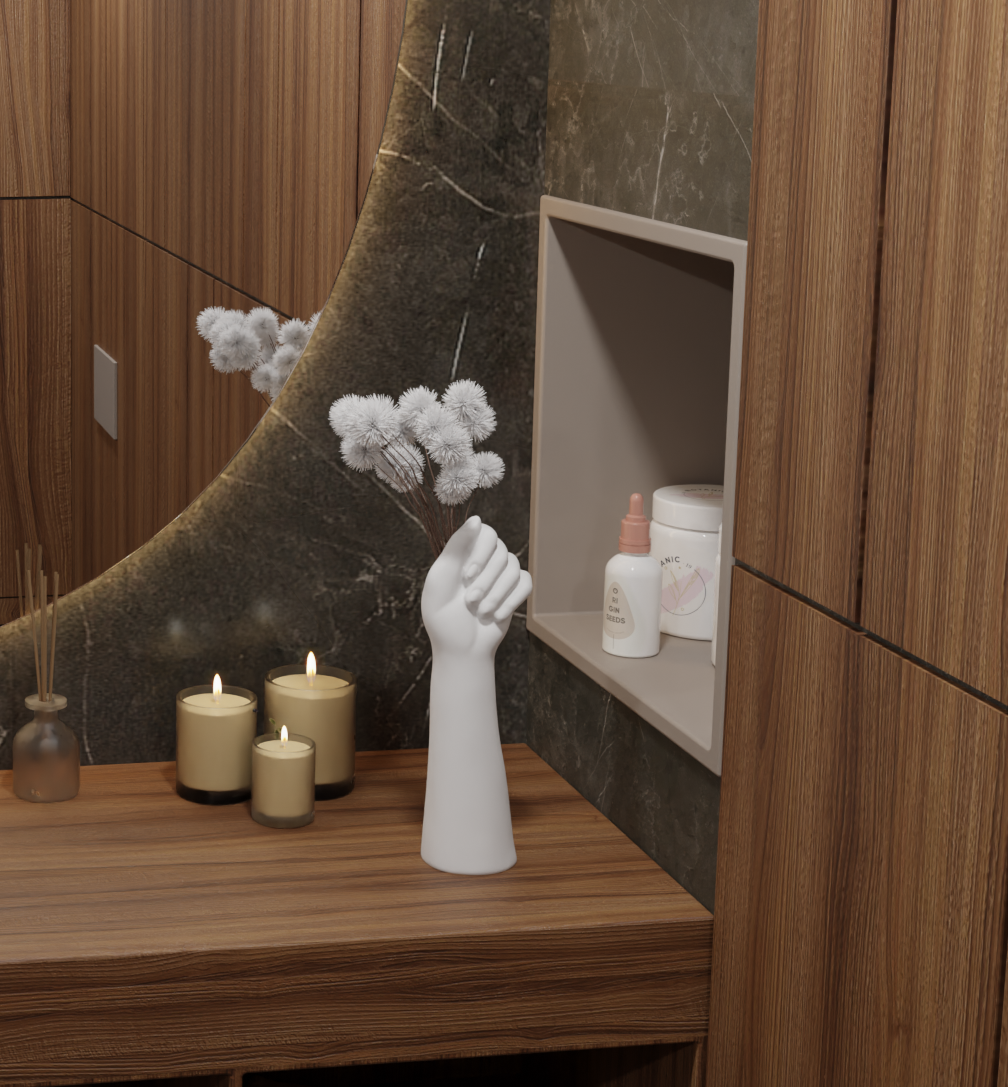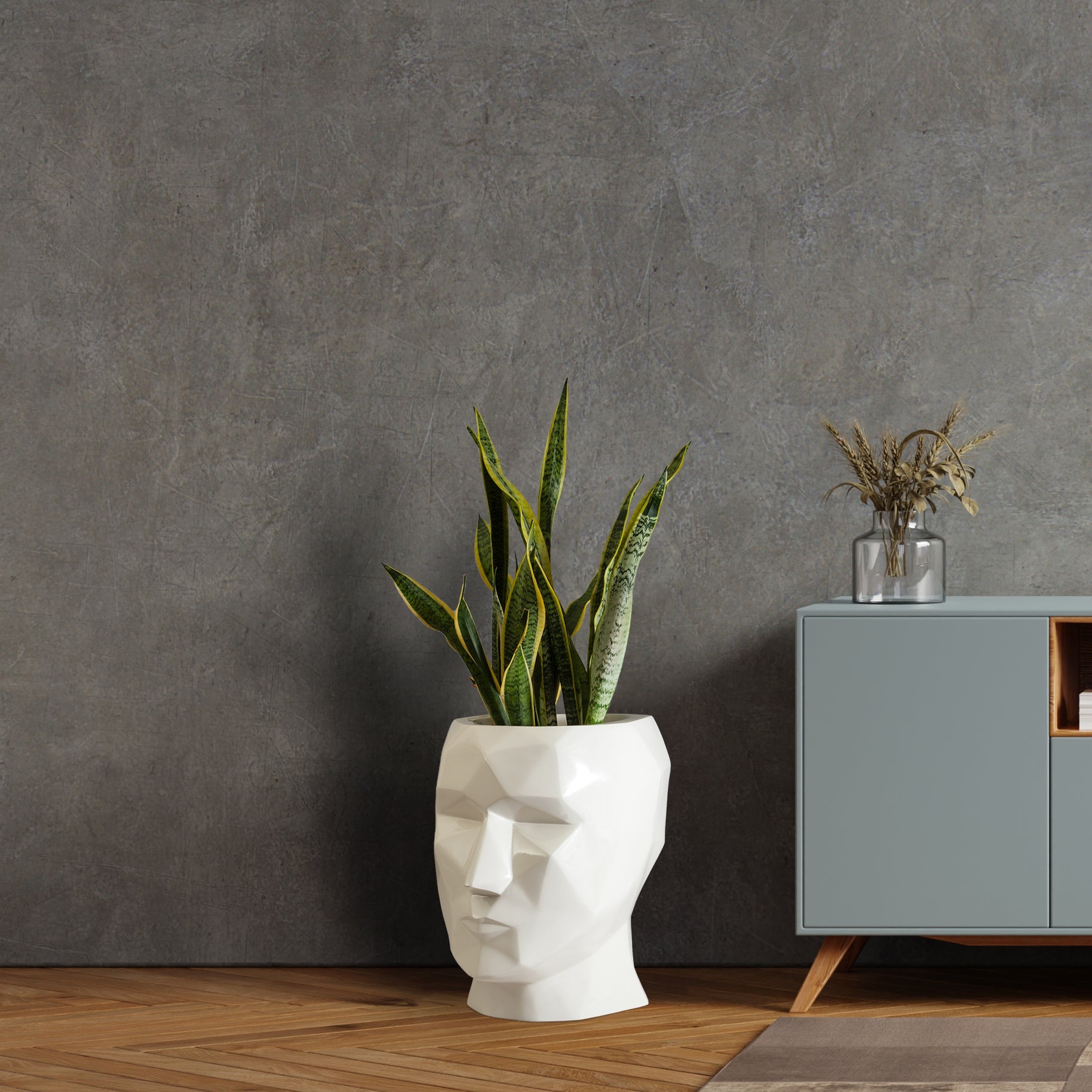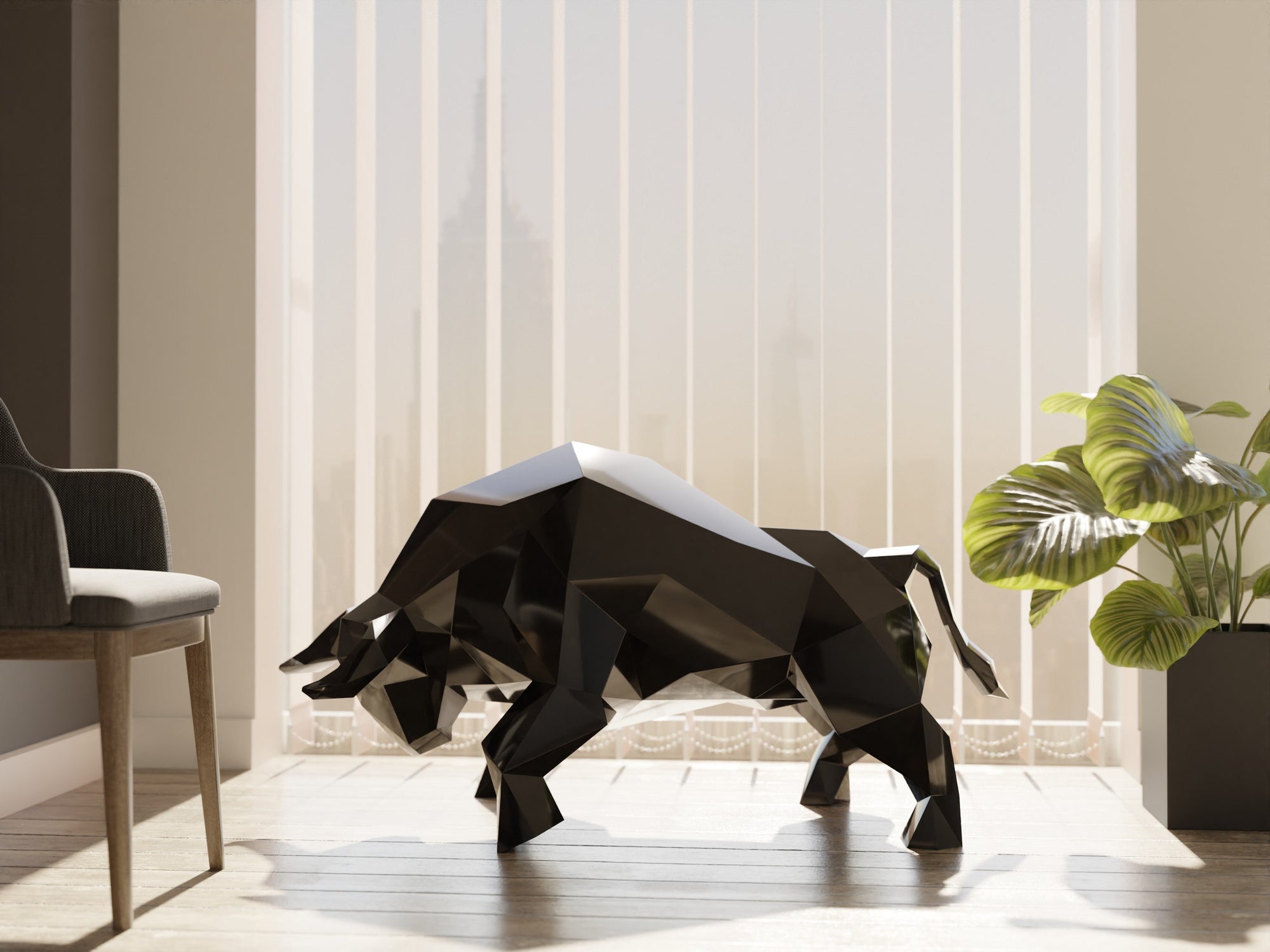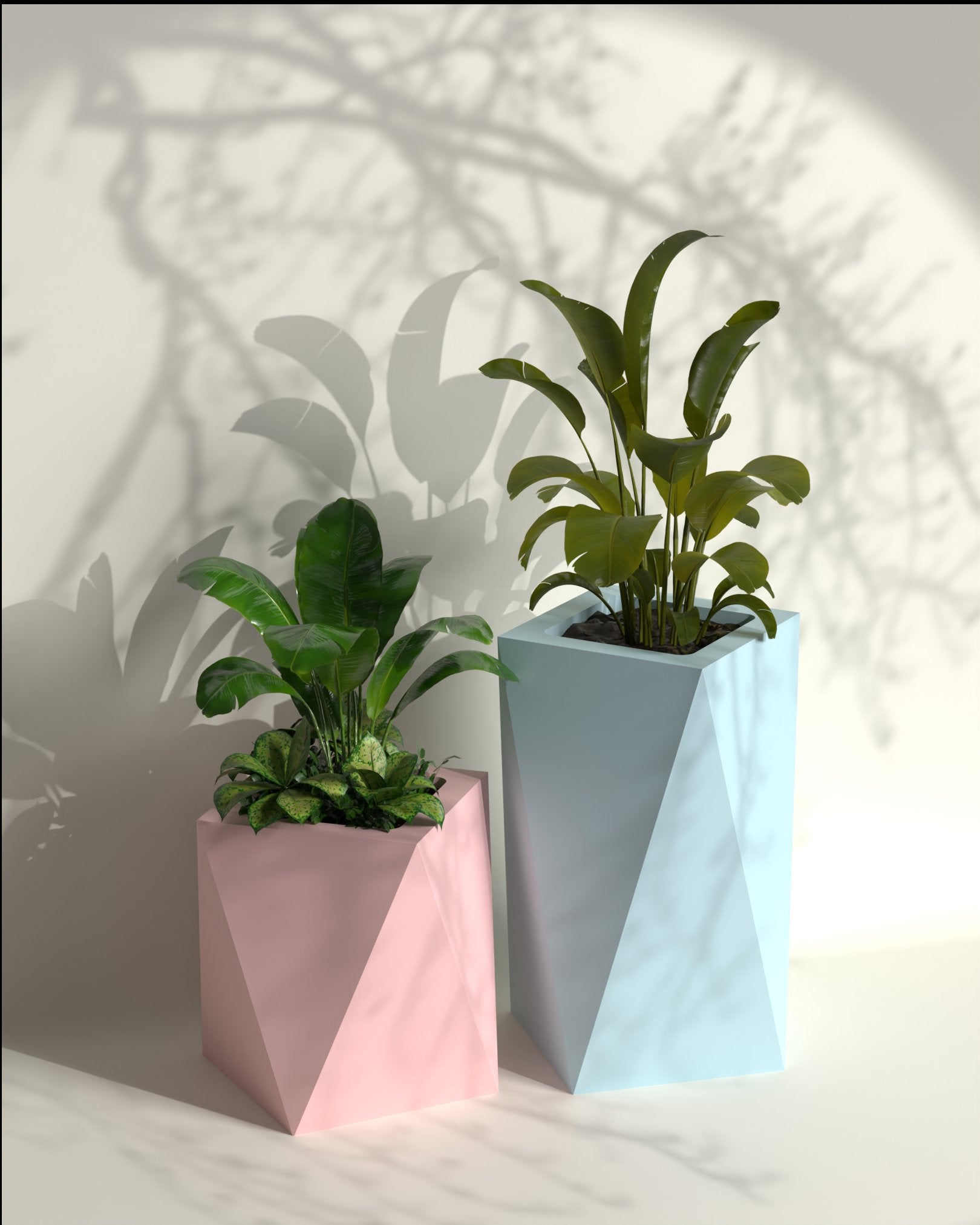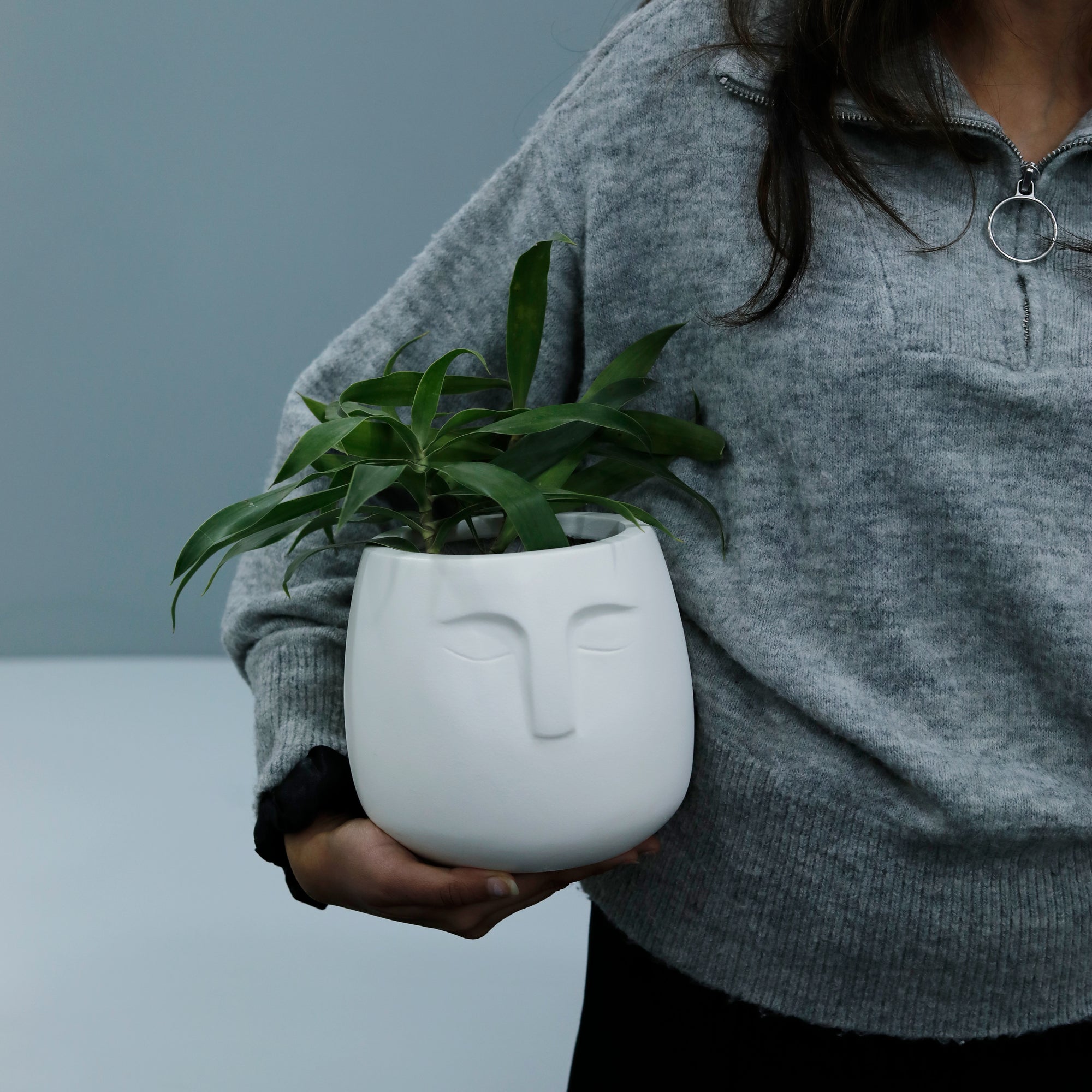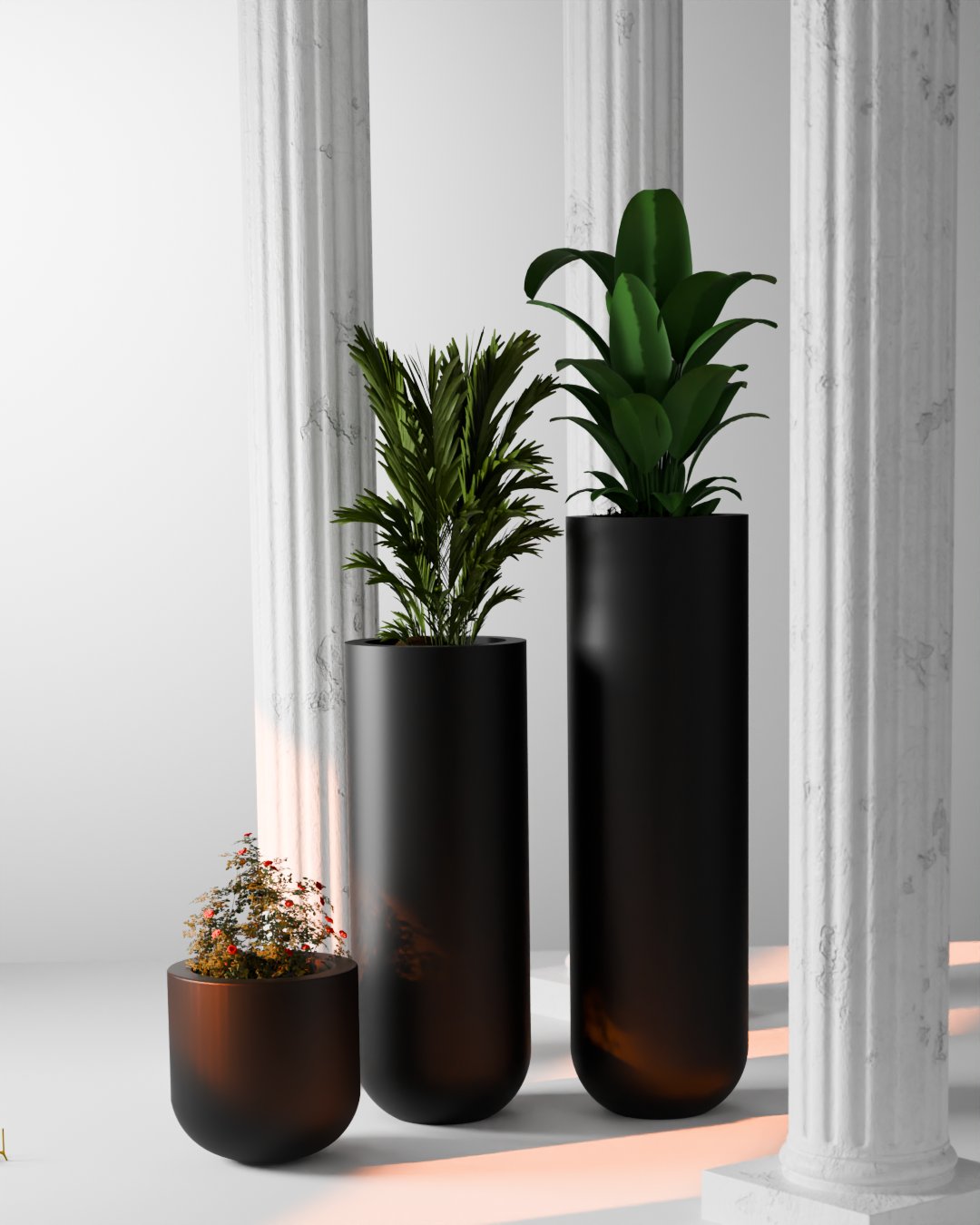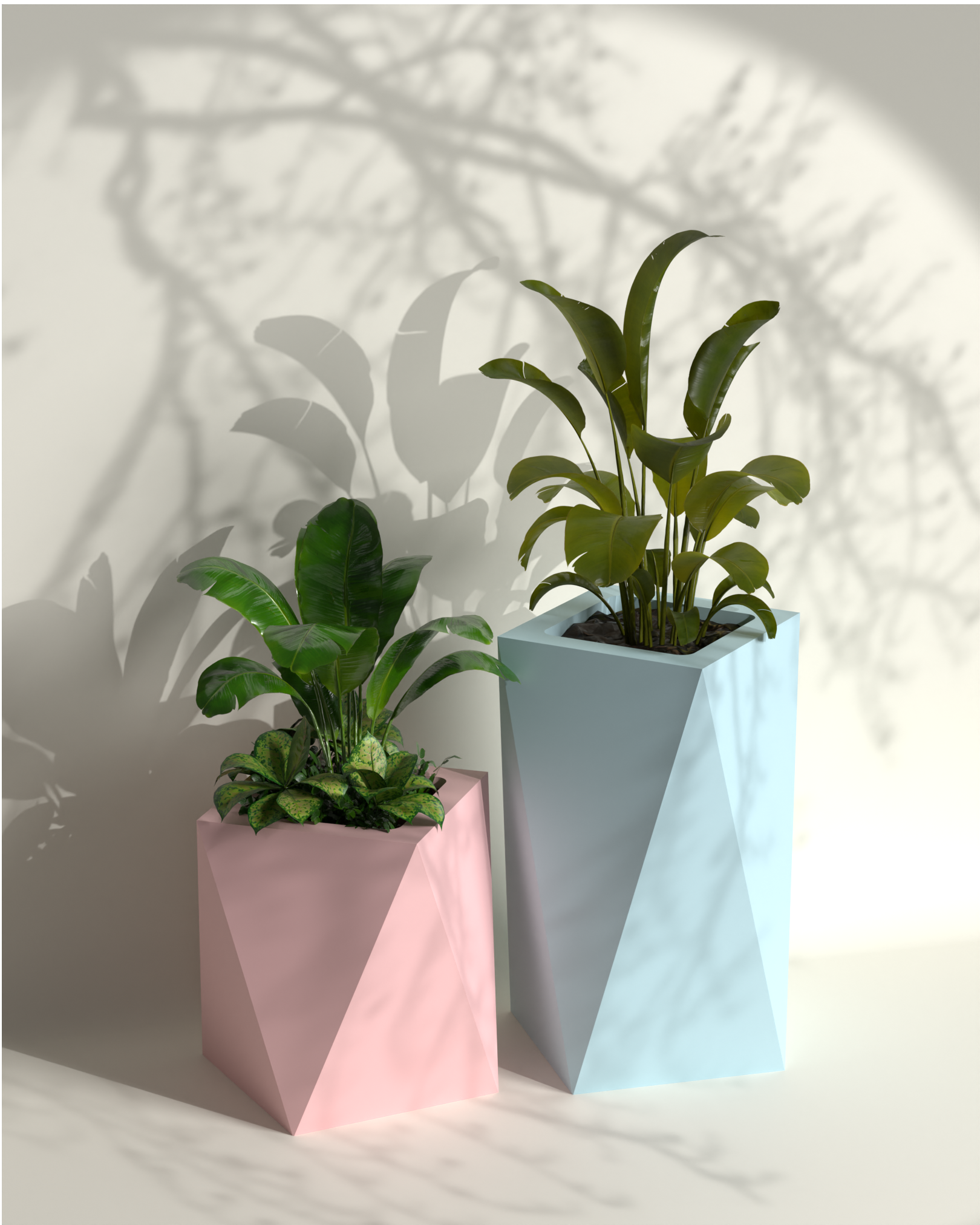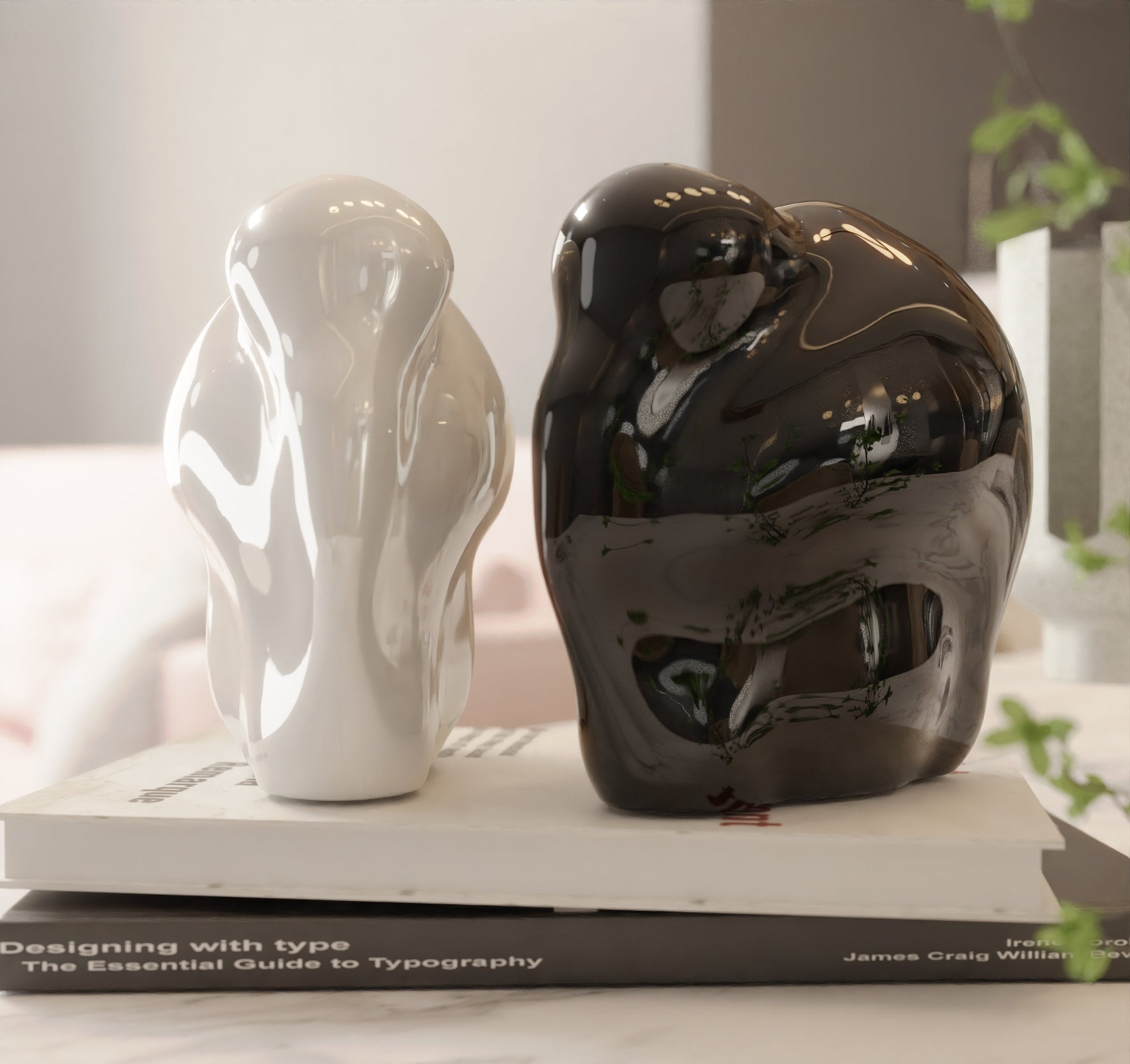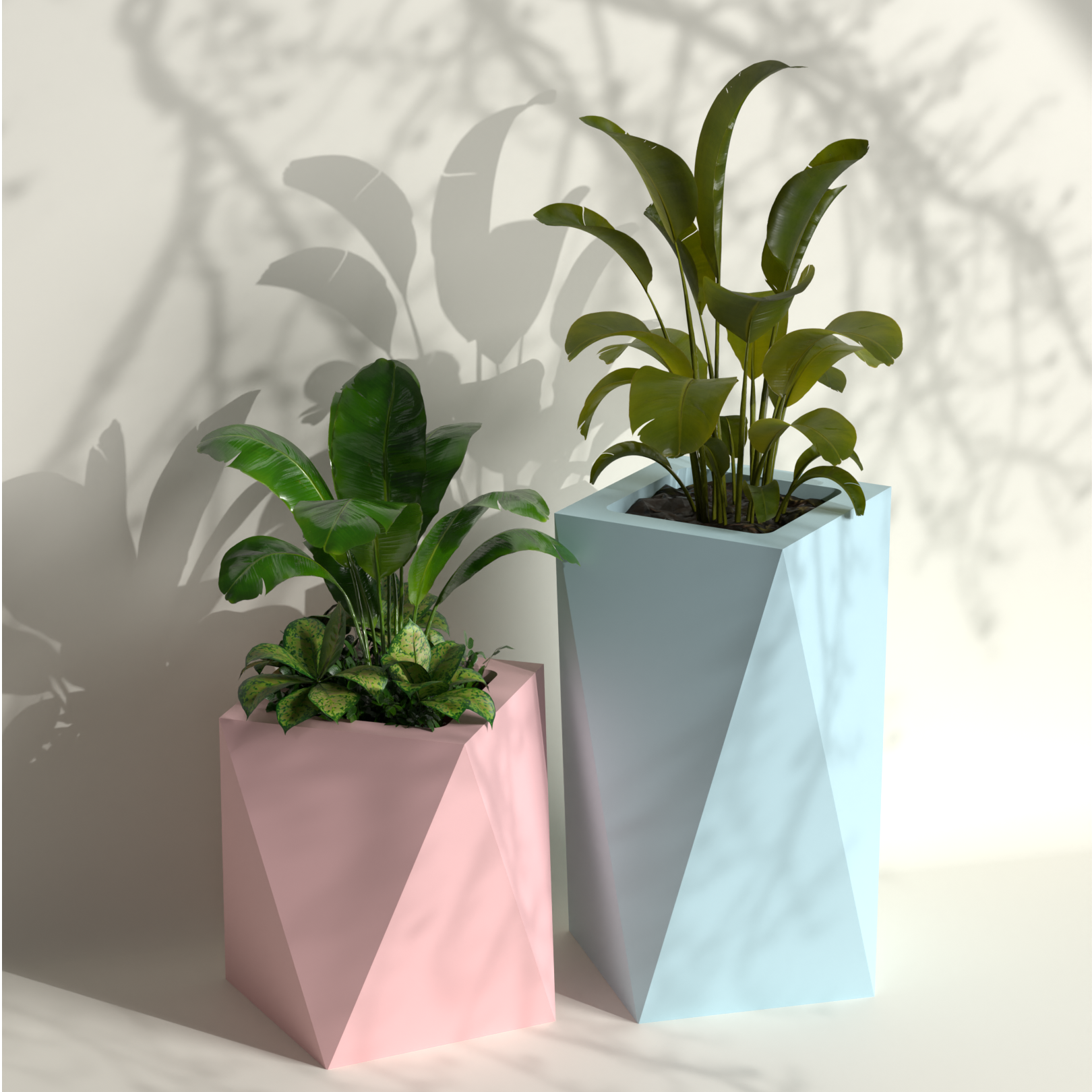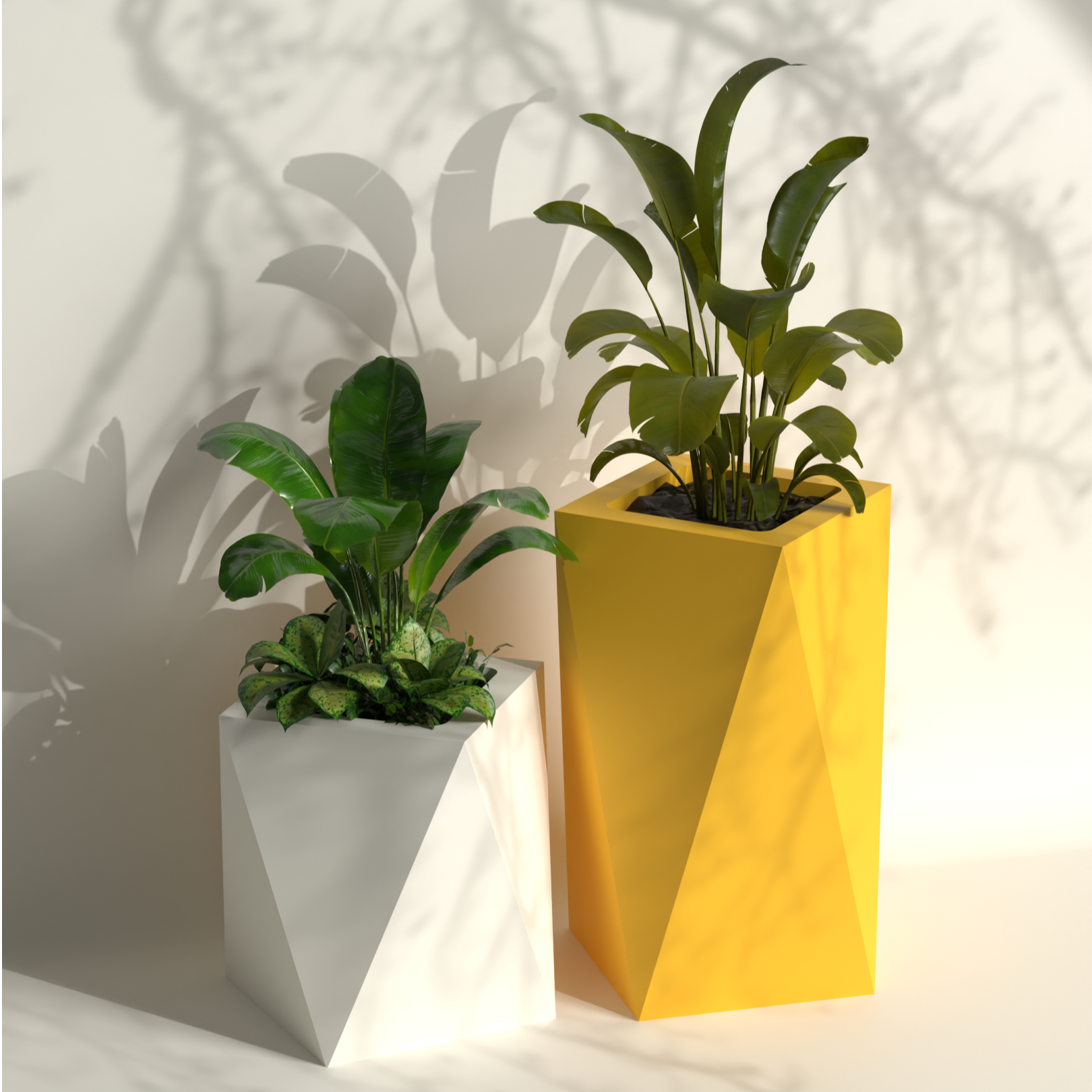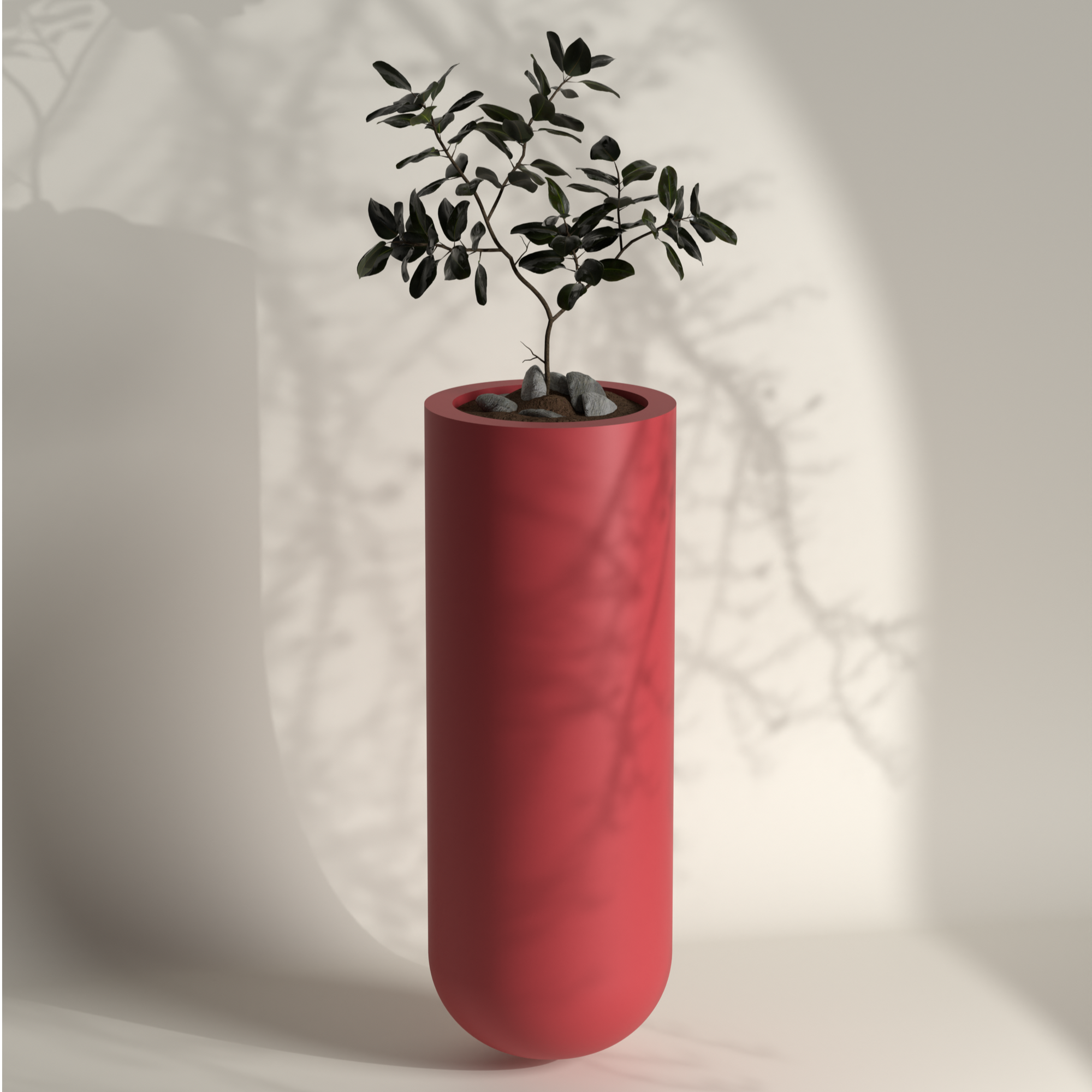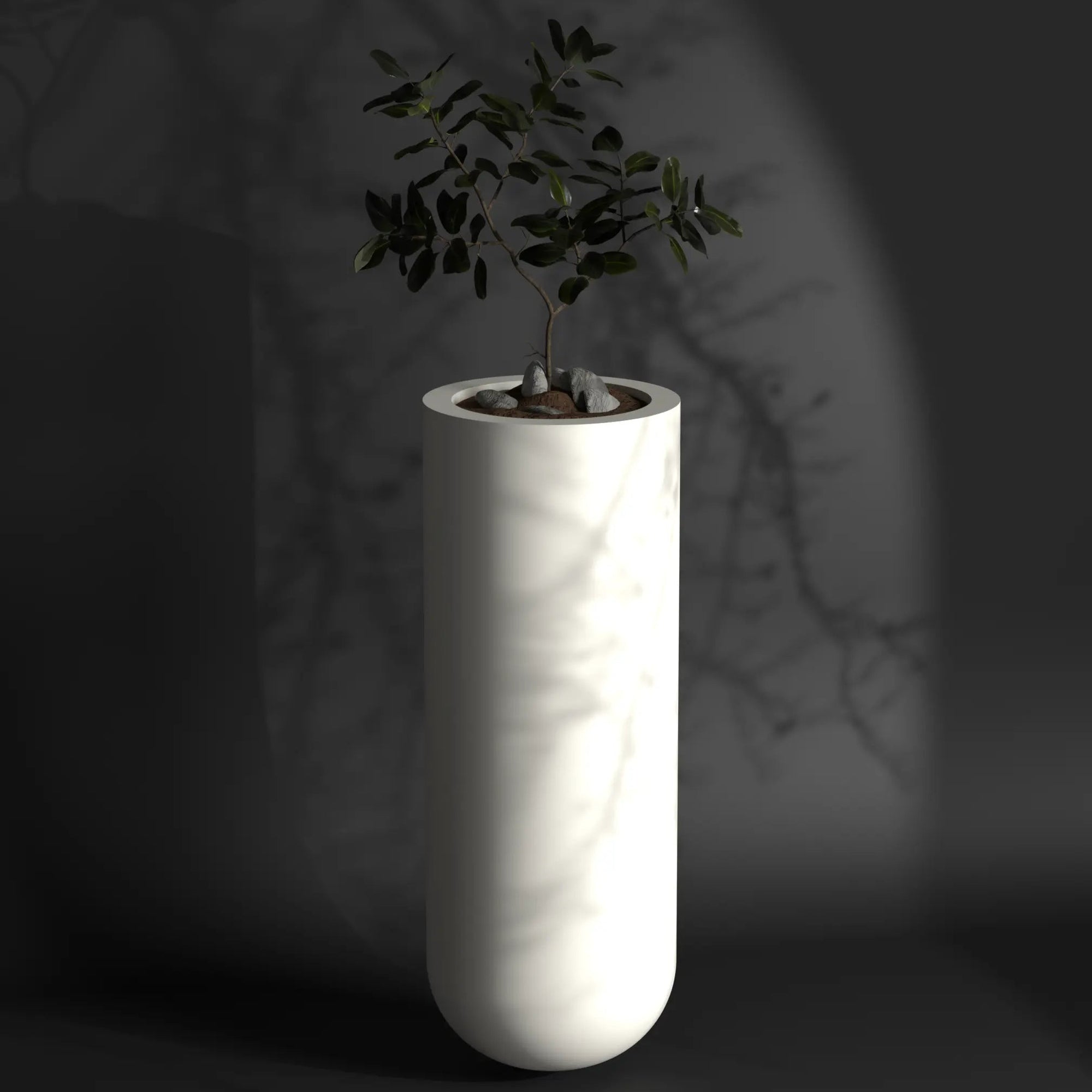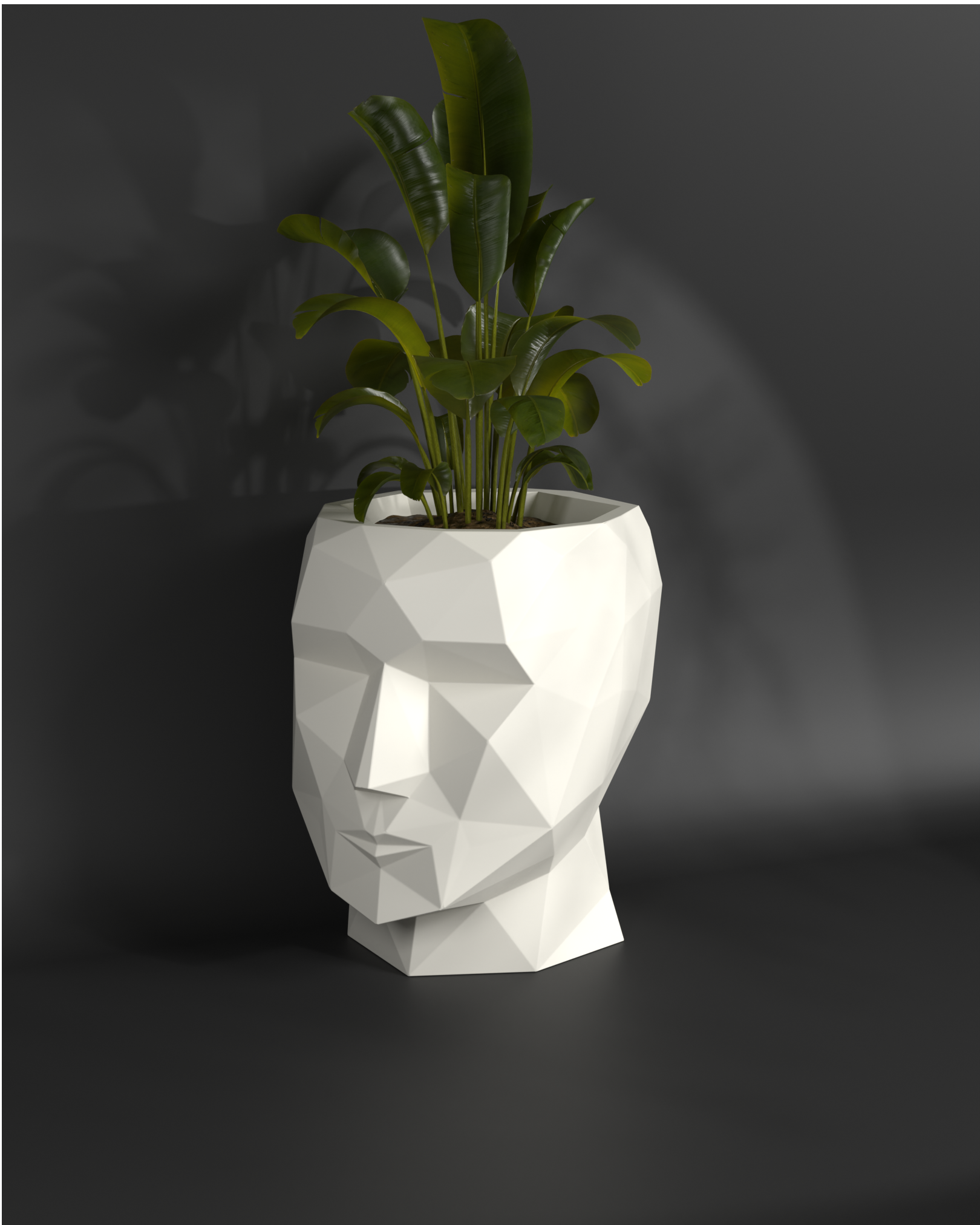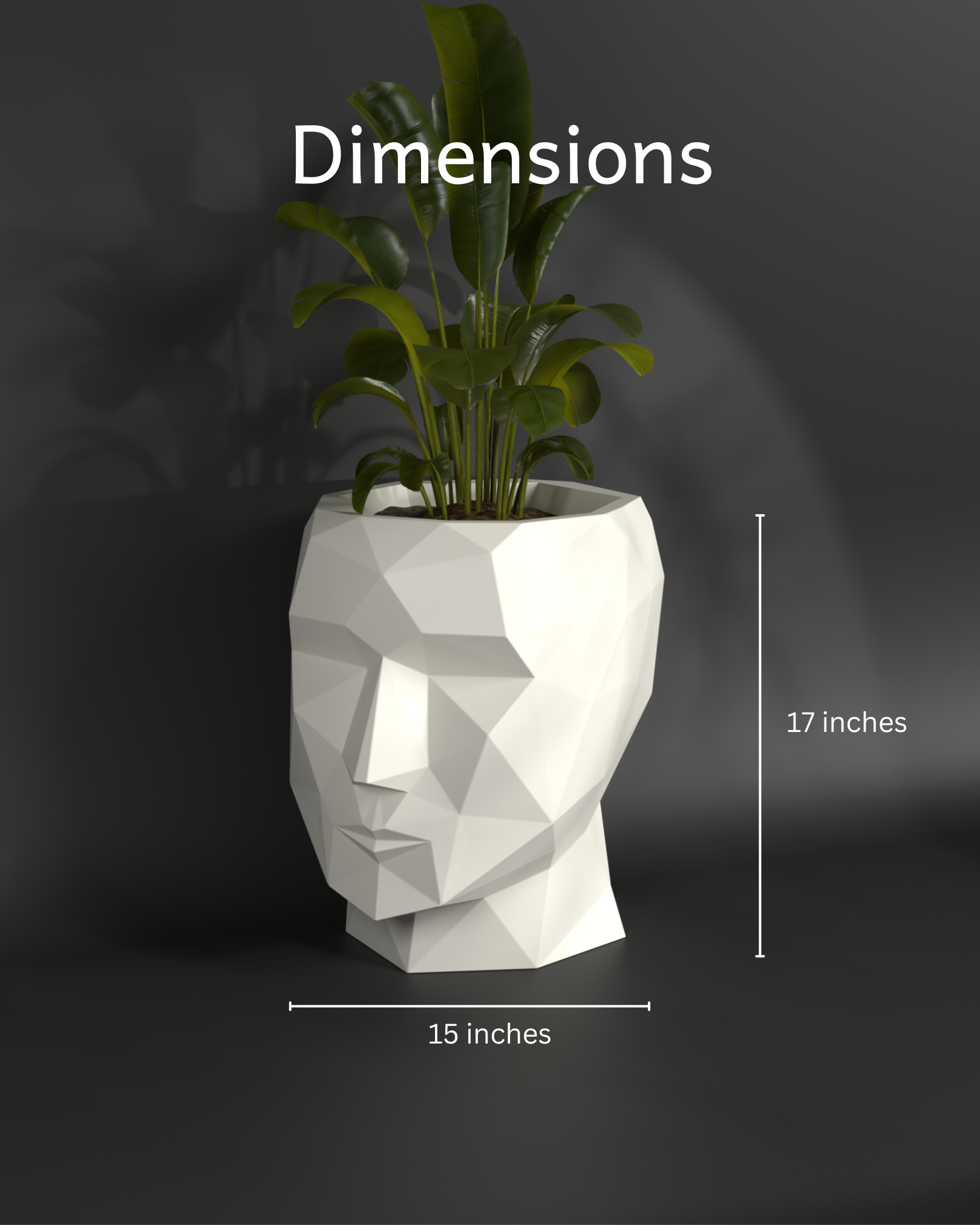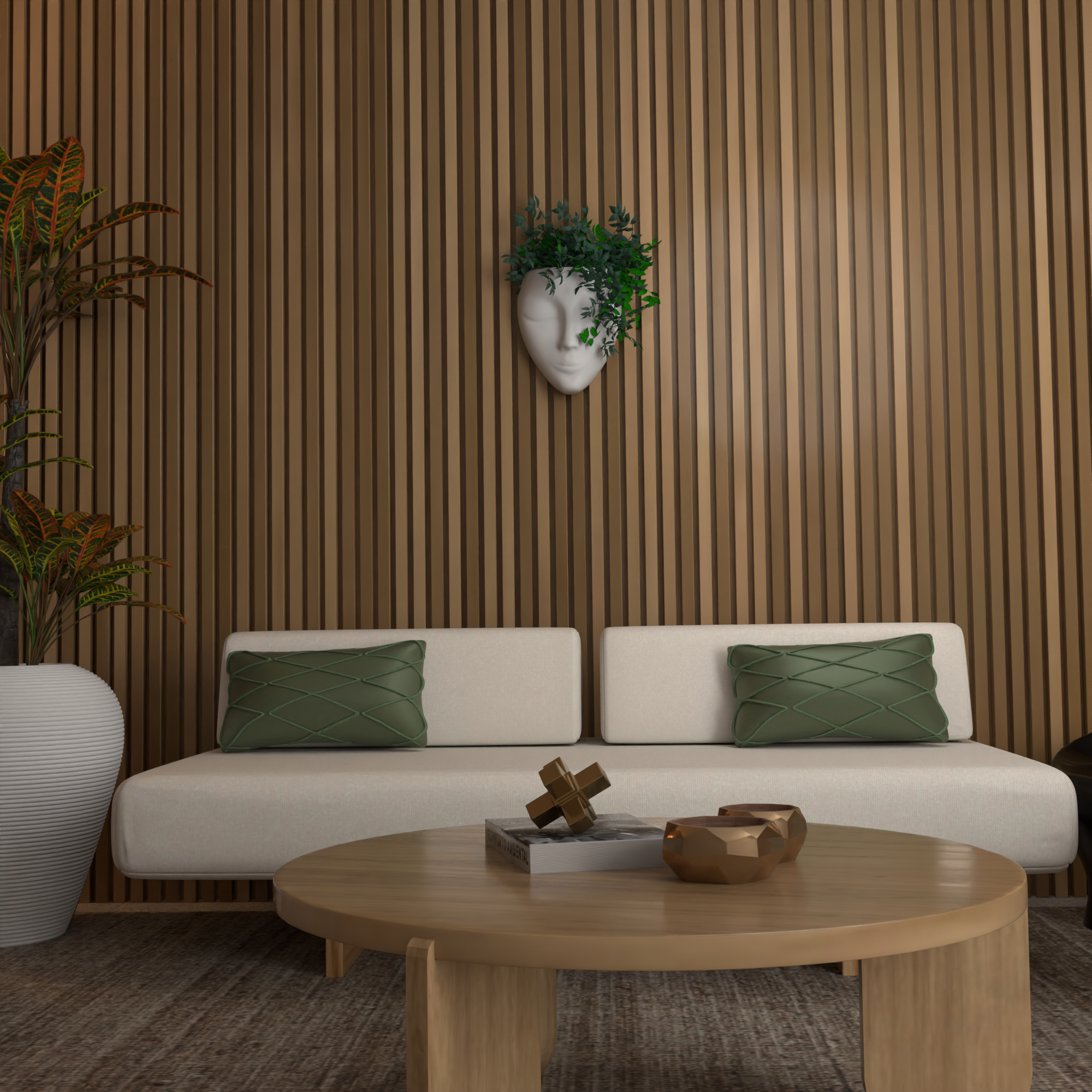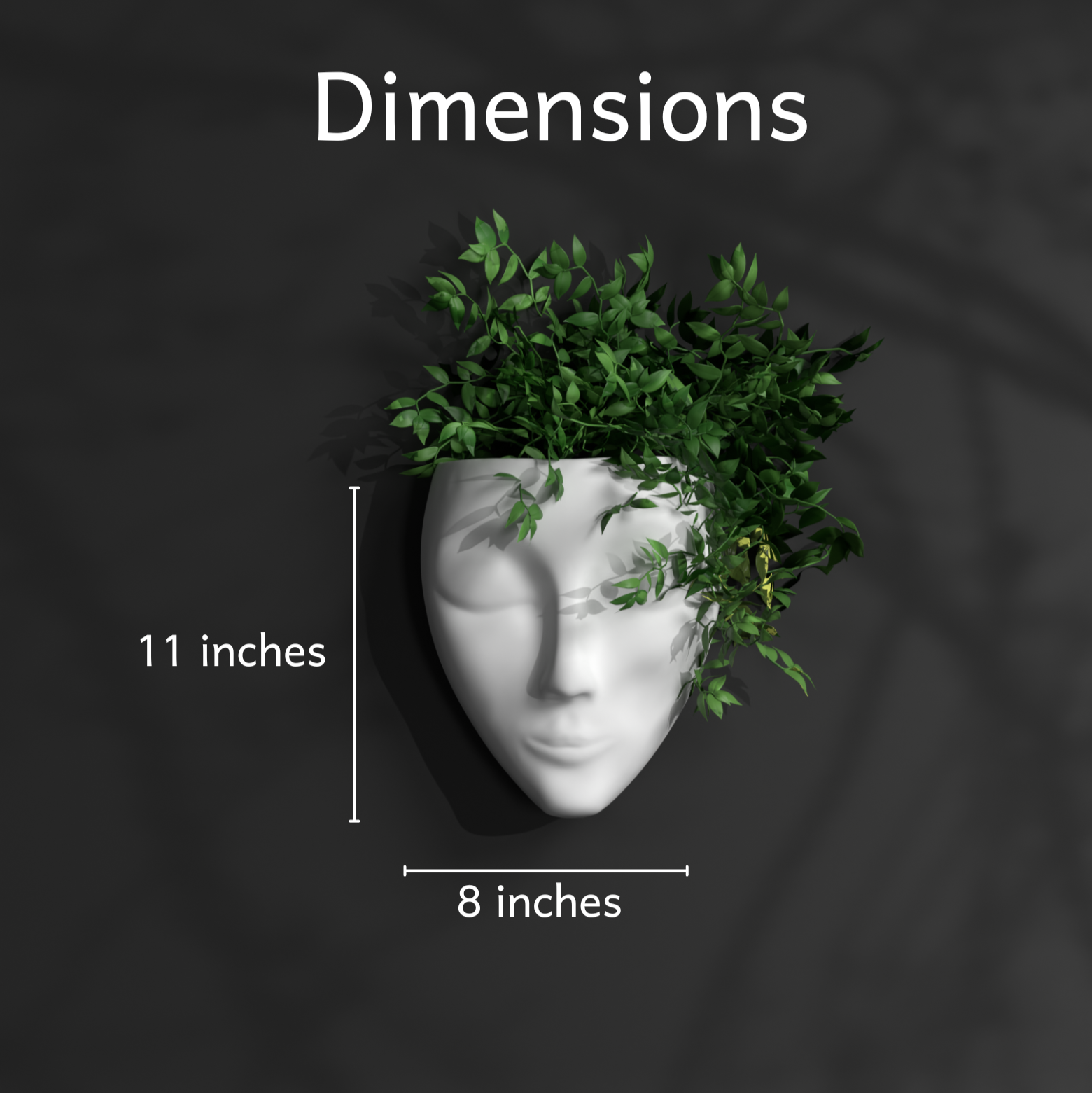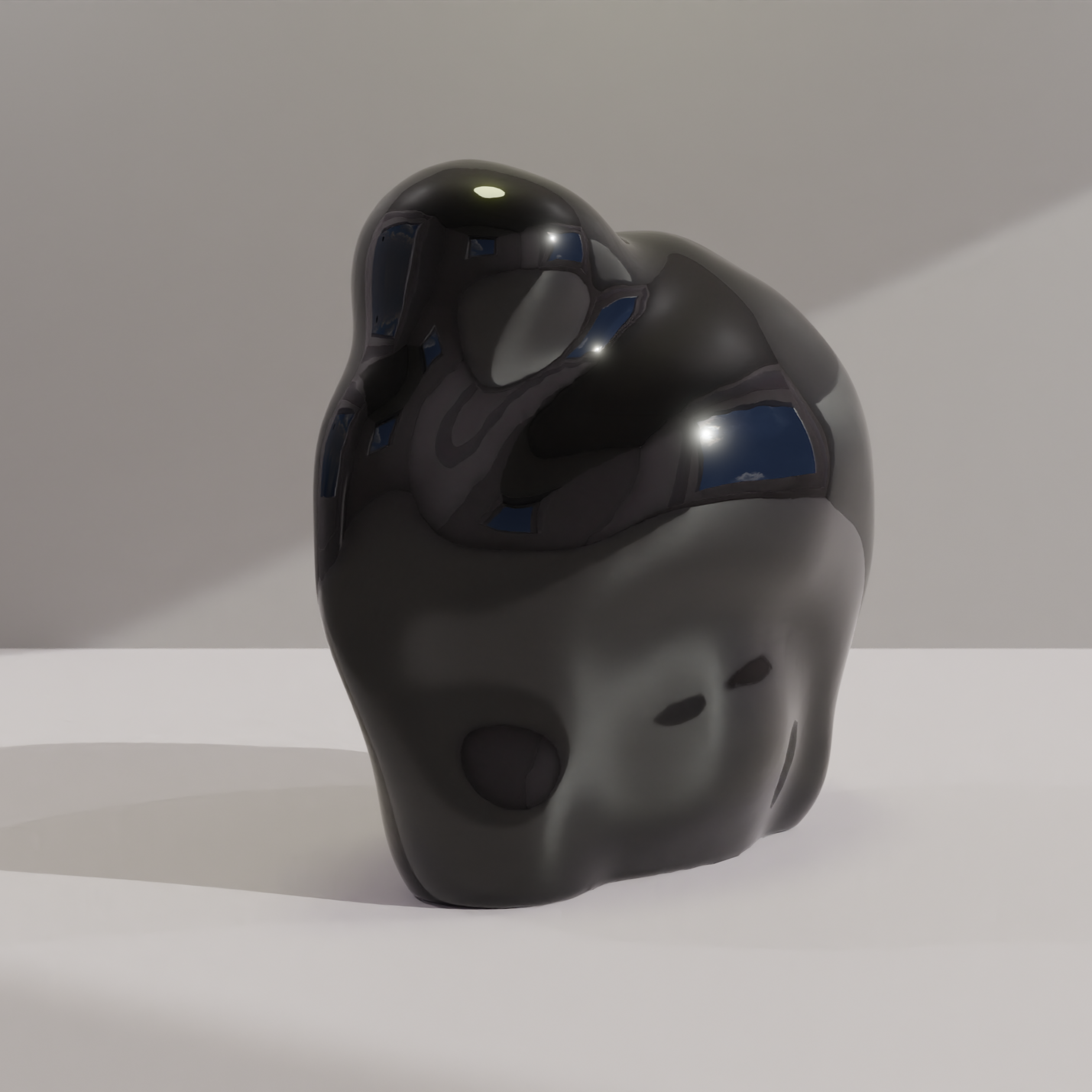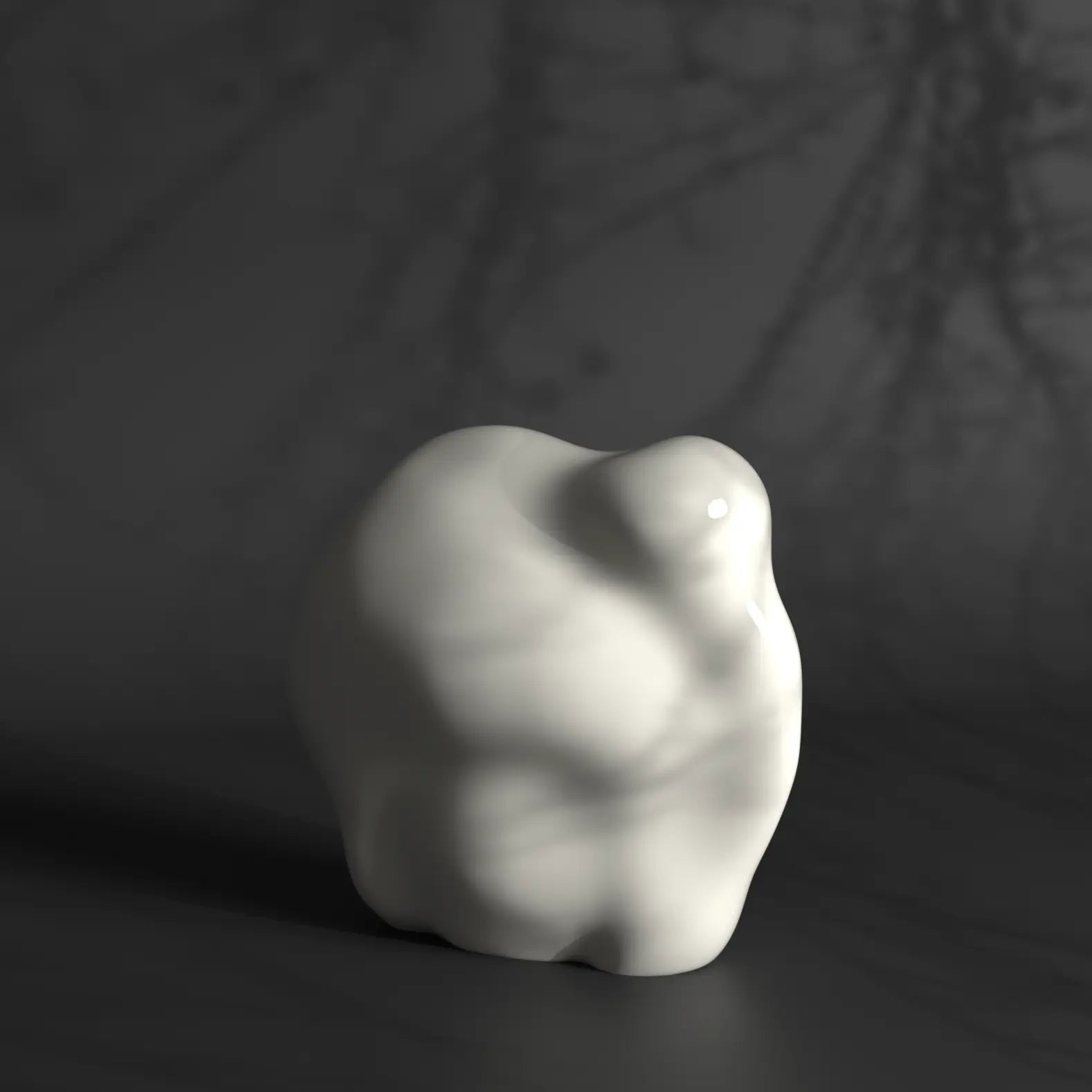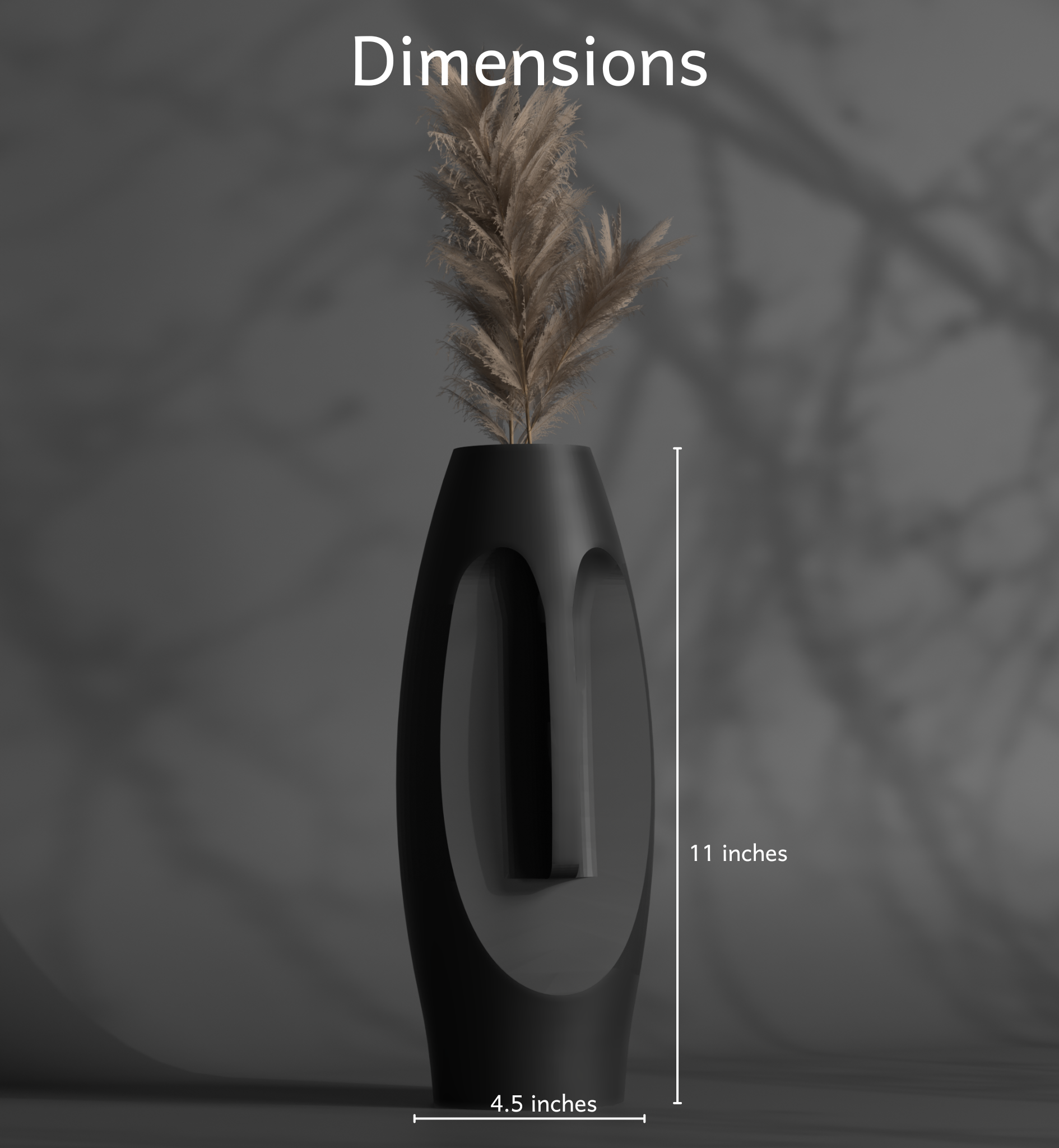
Top 5 Low-Maintenance Plants for Busy People
In today's bustling world, where time is precious and living space tends to be compact, low-maintenance houseplants have become a part of modern essentials. These sturdy green companions are gaining popularity, bringing a breath of fresh air to our compact living spaces. What makes them so appealing is their ability to bring the joy of indoor greenery without demanding rigorous care routines.
What Makes a Plant Low-Maintenance?
Several factors contribute to making a houseplant low-maintenance. One crucial aspect is their watering needs, as these plants usually don't require frequent watering, which helps them tolerate periods of dry soil and reduces the risk of issues like root rot. Light tolerance is also vital, with low-maintenance plants thriving in various light conditions, especially indirect or lower light levels, making them adaptable to diverse indoor environments. Many low-maintenance houseplants can thrive in low-light conditions and in modern buildings with limited natural light.
Top 5 Low-Maintenance Plants for Busy People
1. ZZ Plant
The ZZ Plant (Zamioculcas zamiifolia) stands out as a top-tier choice for a low-maintenance houseplant, renowned for its resilience and adaptability. Originating from Eastern Africa, this plant thrives in low to moderate light conditions, making it an ideal addition to indoor spaces with limited natural light. Its striking appearance features glossy, dark green leaves that emerge from upright stems, creating an elegant and contemporary aesthetic. Known for its drought tolerance, the ZZ Plant prefers to dry out between waterings, making it forgiving of irregular care and a perfect fit for busy individuals.

2. Spider Plant
The Spider Plant (Chlorophytum comosum) is another wonderful choice among low-maintenance houseplants, cherished for its adaptability and air-purifying qualities. Native to Southern Africa, this resilient plant has become a favorite in households worldwide. Spider Plant is characterized by its arching, variegated leaves that resemble spider legs, creating a visually appealing and distinctive look. Its hardiness extends to different light conditions, thriving in both indirect and bright, indirect light.

3. Pothos
Pothos (Epipremnum aureum) is some of the most easy-care and low-maintenance houseplants. They are perfect even for beginners and people who are new to indoor gardening. Originating from the Solomon Islands, Pothos has become a popular indoor plant due to its adaptability and resilience. This trailing vine features heart-shaped leaves that come in various shades of green, making it an aesthetically pleasing addition to any living space. Known for its ability to thrive in low light conditions, Pothos is an excellent choice for homes with limited natural sunlight.

4. English Ivy
English Ivy (Hedera helix) is a versatile and low-maintenance houseplant that can thrive in a variety of environments. Originating from Europe and Western Asia, this resilient plant is prized for its ability to thrive in low light and can withstand occasional neglect. English Ivy is characterized by its dark green, glossy leaves that add a touch of elegance to any space. It is often chosen for its air-purifying qualities, helping to reduce indoor pollutants.

5. Cacti
Cacti are some of the most low-maintenance plants, requiring minimal care and attention. They thrive in well-draining soil and infrequent watering intervals, making them perfect for busy individuals. With their unique shapes and sizes, cacti can add a touch of modernity and elegance to any living space.

How to Use FRP Planters with Low-Maintenance Plants
FRP planters are an excellent choice for low-maintenance plants, as they are durable, lightweight, and easy to clean. Here are some tips on how to use FRP planters with low-maintenance plants:
- Choose an FRP planter that complements the shape and size of your low-maintenance plant.
- Add a layer of drainage material, such as pebbles or broken pottery, to the bottom of the FRP planter to prevent waterlogged soil.
- Use a well-draining potting mix to prevent root rot and ensure healthy plant growth.
- Water your low-maintenance plant sparingly, as overwatering can lead to root rot and other issues.
- Place your FRP planter in a spot with suitable


